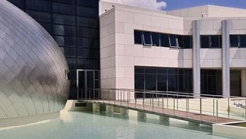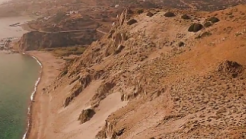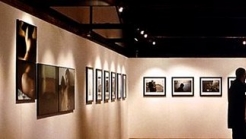

Greece
The museum is housed in the same building as the old Venetianturkey Headquarters Complex, which was within the perimeter of the Venetian castle, which was strengthened during the Turkish occupation.
The museum is housed in the same building as the old Venetianturkey Headquarters Complex, which was within the perimeter of the Venetian castle, which was strengthened during the Turkish occupation.
The exhibits of the museum highlights the history of the wider region of Kisamoy from prehistoric times up to the late antiquity, i.e. during the important early Christian times. The report is divided into sections based on their chronological order and local criteria and is distributed on the ground floor and the first floor of the building. In this way the visitor is aware of the archeological sites of the region in chronological order.
Overall, the exhibition includes a wide range information and educational materials. For more detailed information and to attract the interest of visitors at its disposal an electronic presentation around the disastrous earthquake of antiquity, the 365 A.D. , which hit the island of Crete.
In 2000 began restoration work of the Headquarters Complex Kisamoy to become an archaeological Museum Kisamoy. The work was completed and the Museum opened in September 2006.


The Patras Archaeological Museum is nowadays one of the city’s milestones, as well as an exhibition space rich in exhibits, with the most current museological views.


Southern Crete After the beach of Saint Pavlos a path leads tot he beach of dunes.


The Museum of Photography of Thessaloniki aims to operate as a place of memories, meetings and discovery between the creators, their creations and the audience.
1039 Ε 6061 01515 00